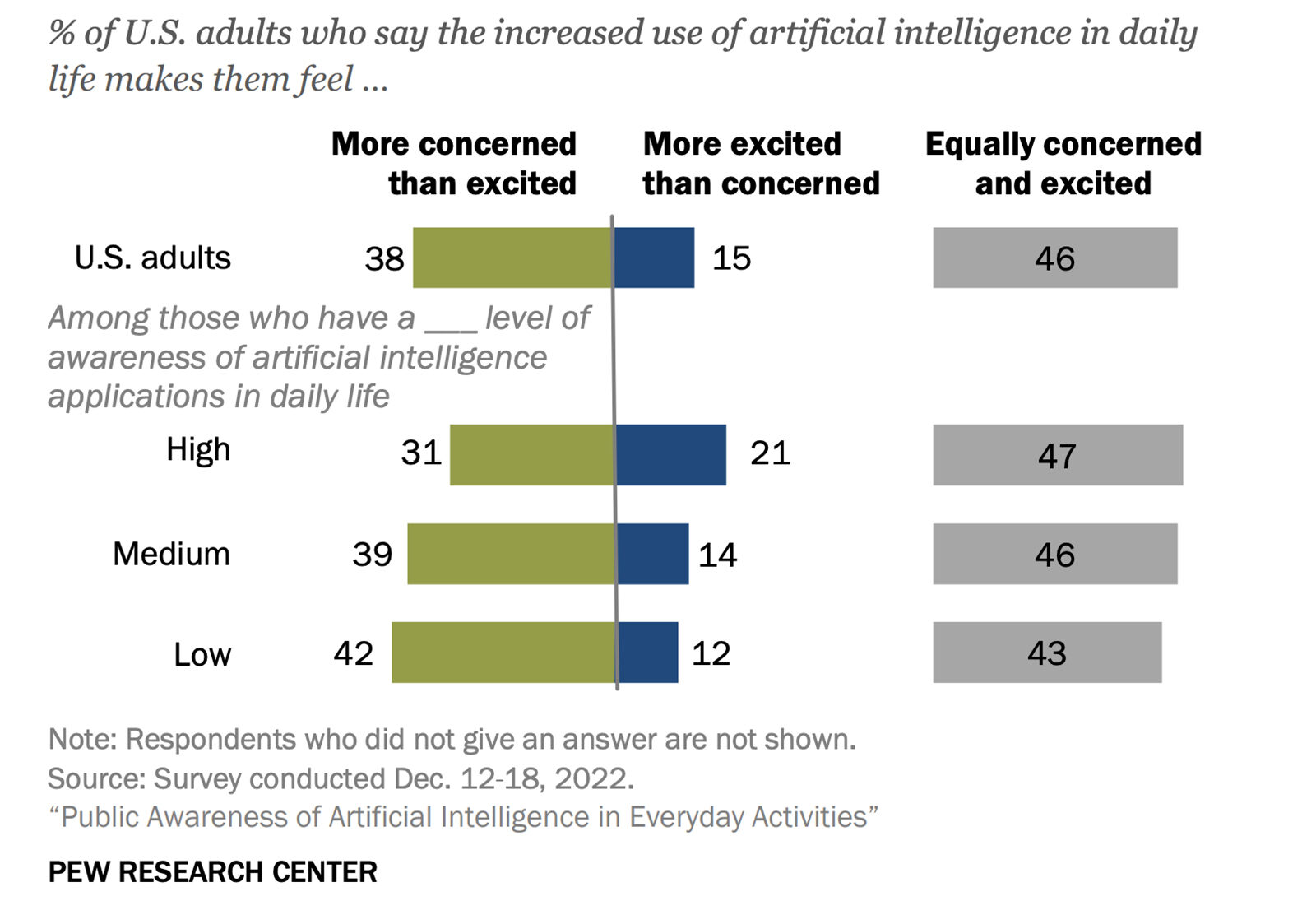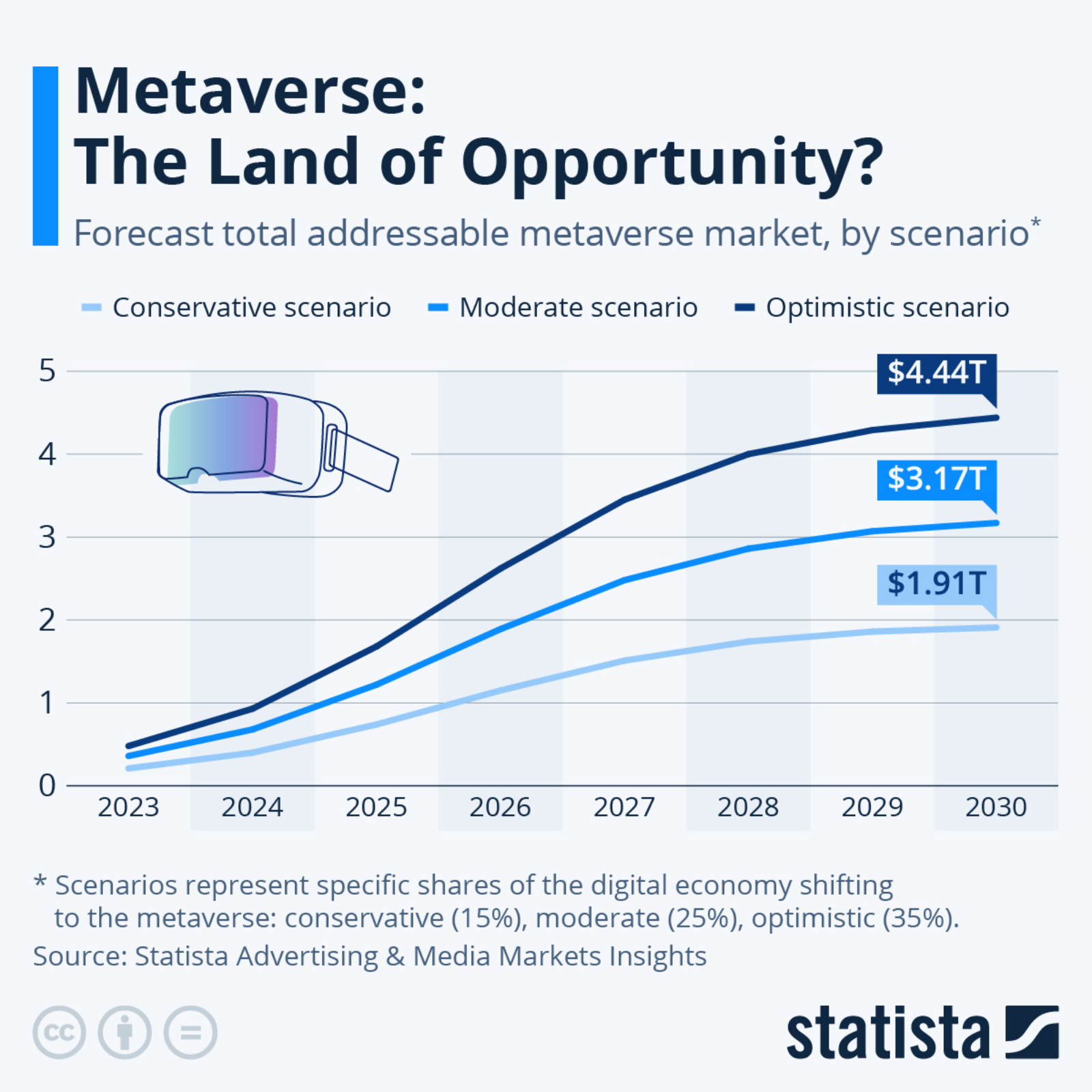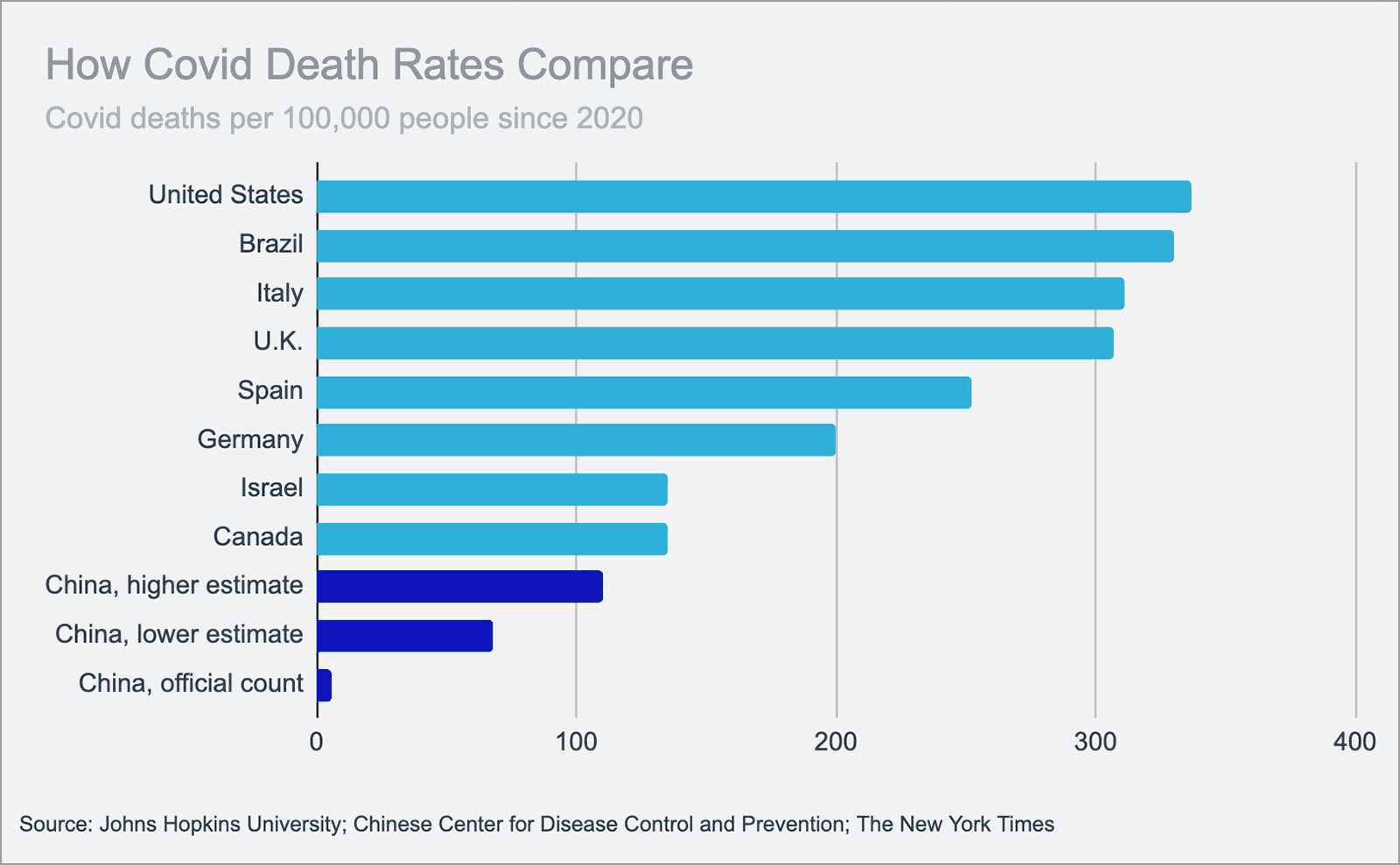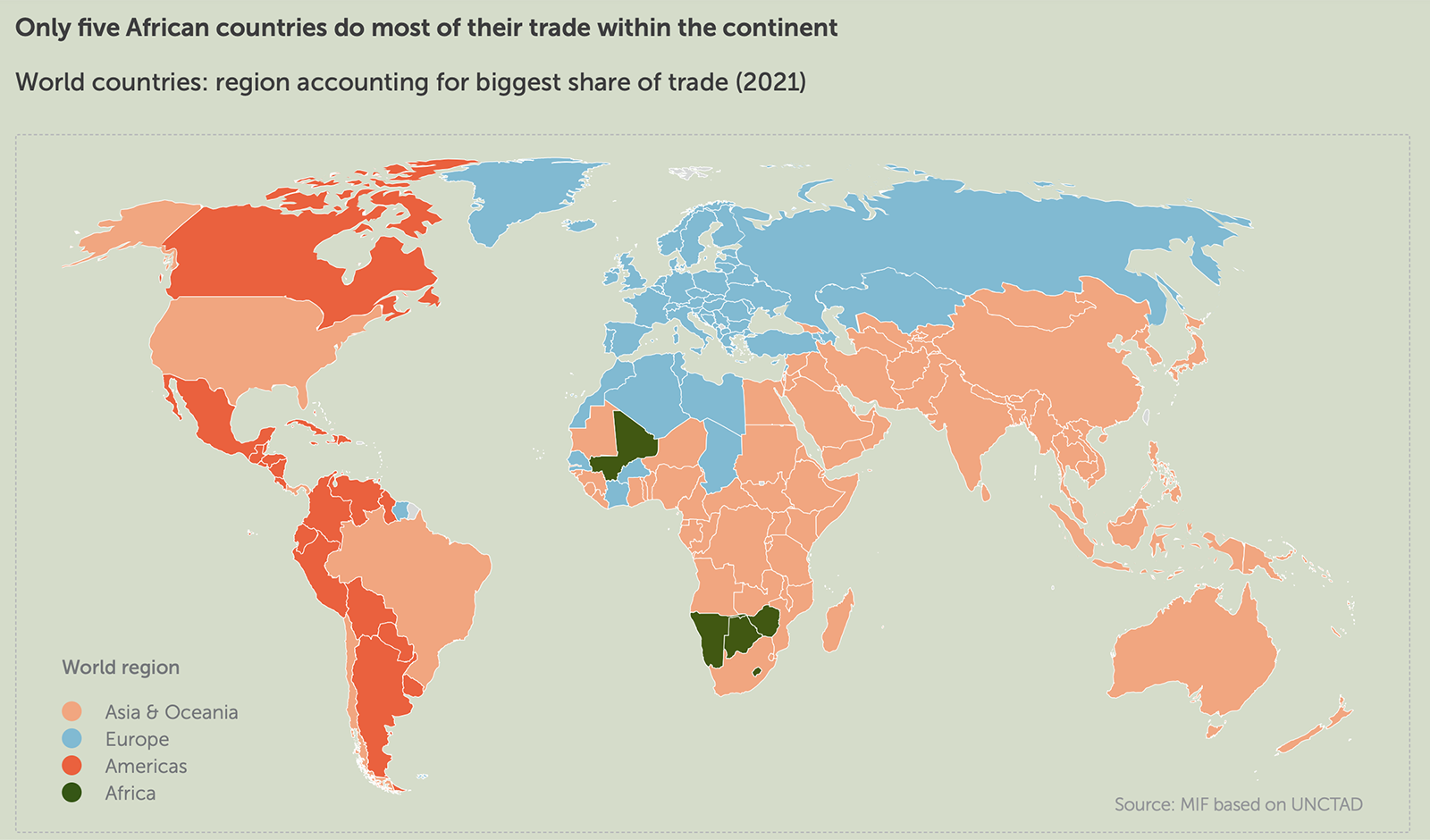COVID-19 Challenges Consumer Trust in the Financial Sector
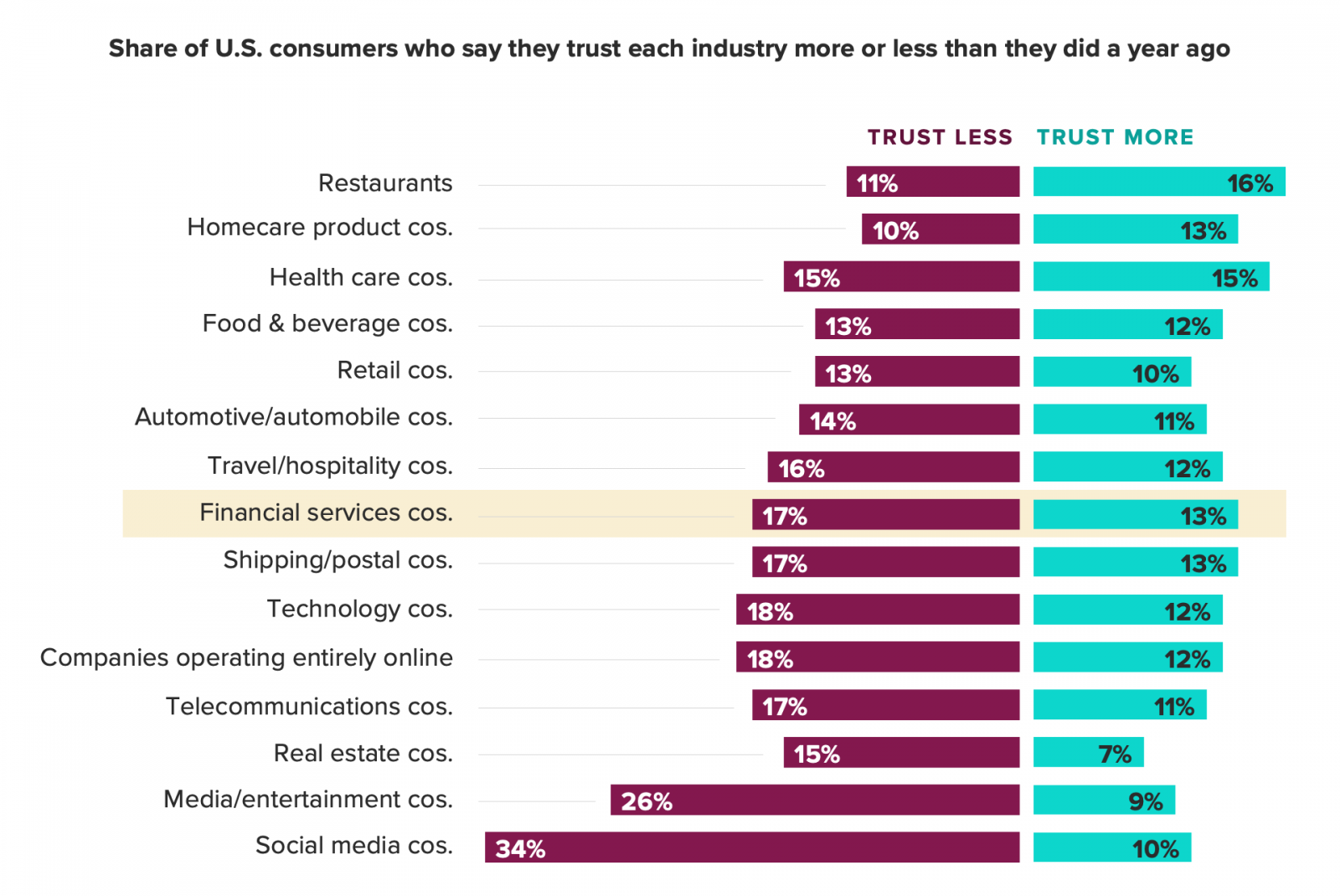
Source: Morning Consult
The majority of U.S. adults surveyed are less likely to trust financial services companies now compared to a year ago, while 13% say they trust finance more. Finance ranked second among the industries for which consumers say trust is crucial, after health care companies, according to the Morning Consult.
Within finance, investment and wealth management companies saw the largest decline, with a 7-point drop in net trust. In contrast, banks are trusted the most by consumers at 61%. Almost 90% of respondents say data privacy and security are tied to earning their trust, and 66% would stop using a bank if it experienced a data breach.
During the height of the COVID-19 pandemic, financial institutions provided protection and stability by “waiving account fees, refunding insurance premiums or investing in underserved communities.” However, as this industry focuses more on a digital-first approach, the Morning Consult states that trust will be determined predominantly through “data stewardship, security and reliability” as opposed to personal relationships.


